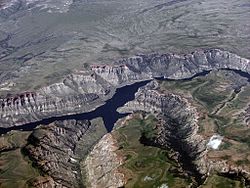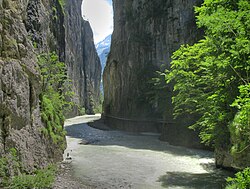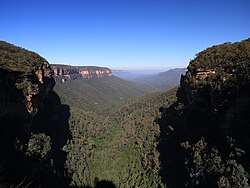This article needs additional citations for verification .(January 2017) |
This list of canyons and gorges includes both land and submarine canyons with the land canyons being sorted by continent and then by country.
Contents
- Africa
- South Africa
- Other countries
- Americas
- Argentina
- Brazil
- Canada
- Chile
- Colombia
- Mexico
- Peru
- United States
- Other countries 2
- Asia
- China
- Nepal
- India
- Philippines
- Other countries 3
- Europe
- Albania
- Austria
- France
- Georgia
- Germany
- Greece
- Ireland
- Italy
- Kosovo
- Montenegro
- Norway
- Russia
- Switzerland
- Turkey
- United Kingdom
- Other countries 4
- Oceania
- Australia
- New Zealand
- Submarine canyons
- Atlantic Ocean
- Indian Ocean
- Pacific Ocean
- Black Sea
- References




































